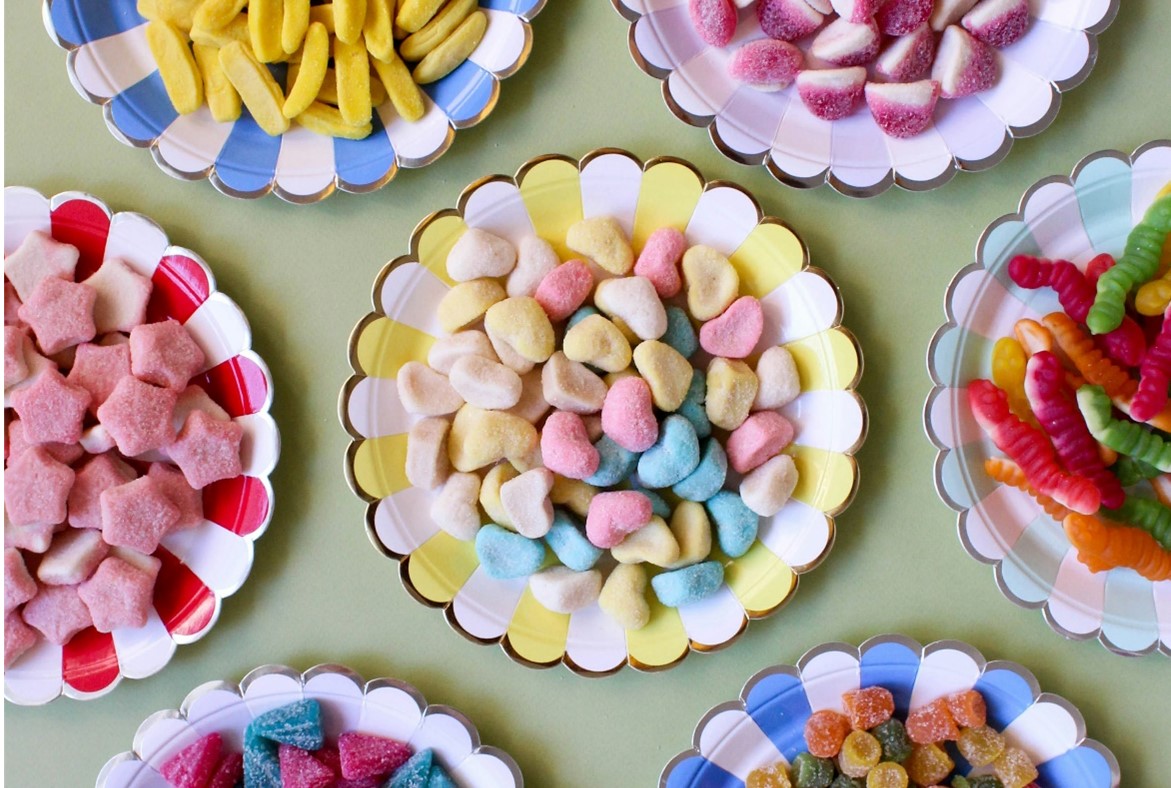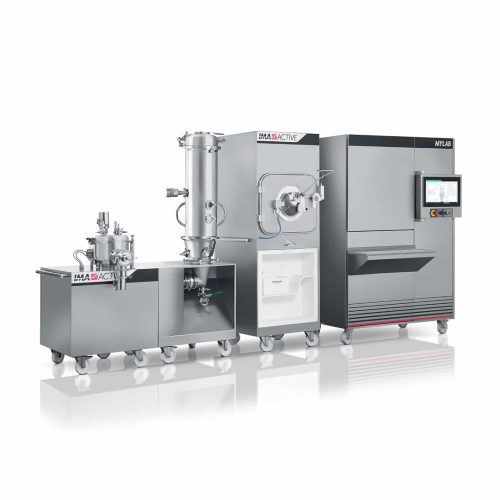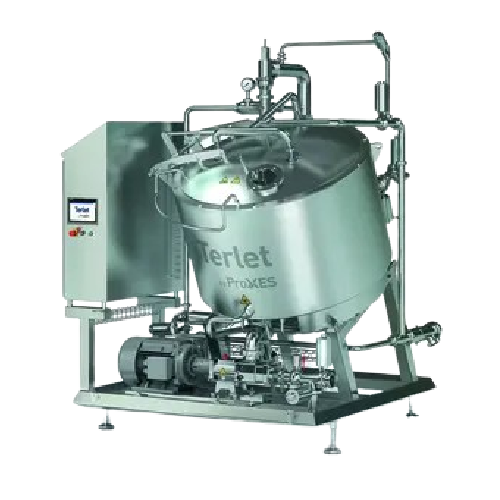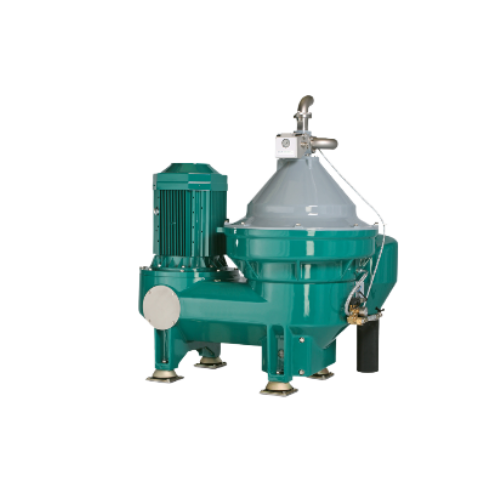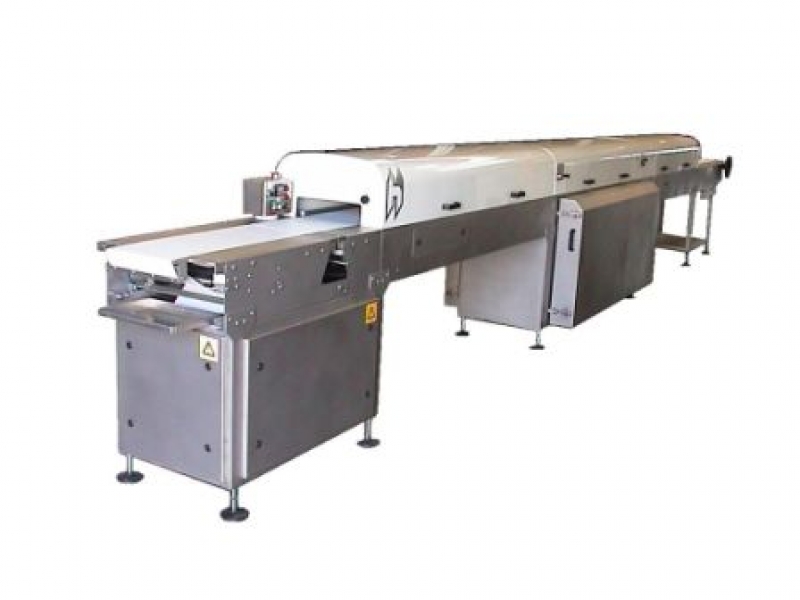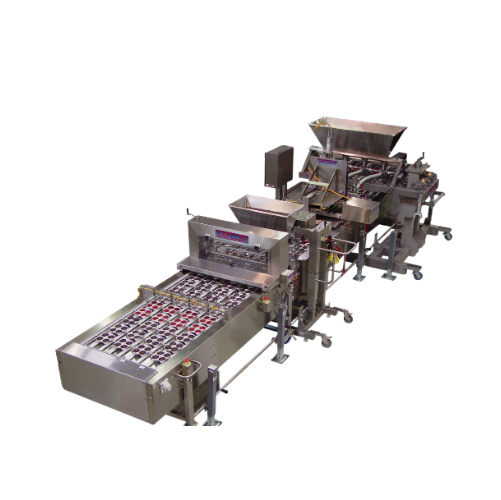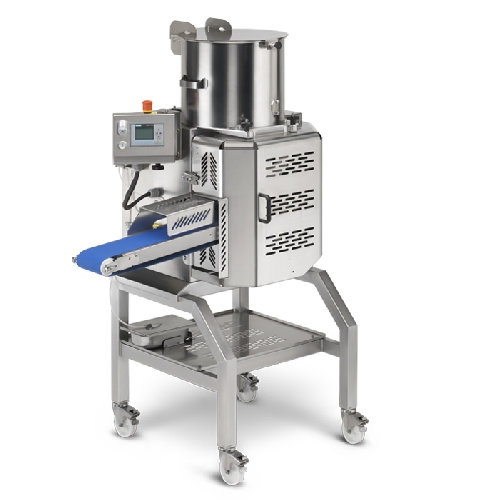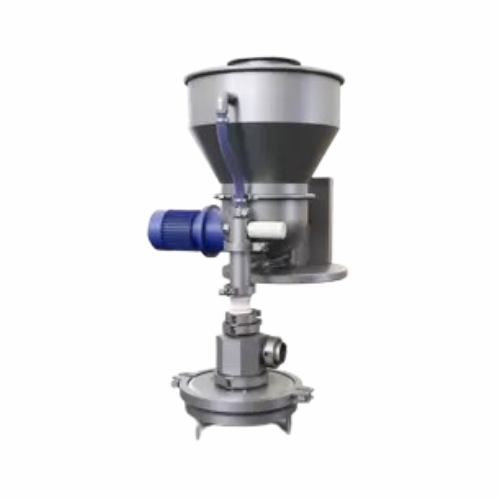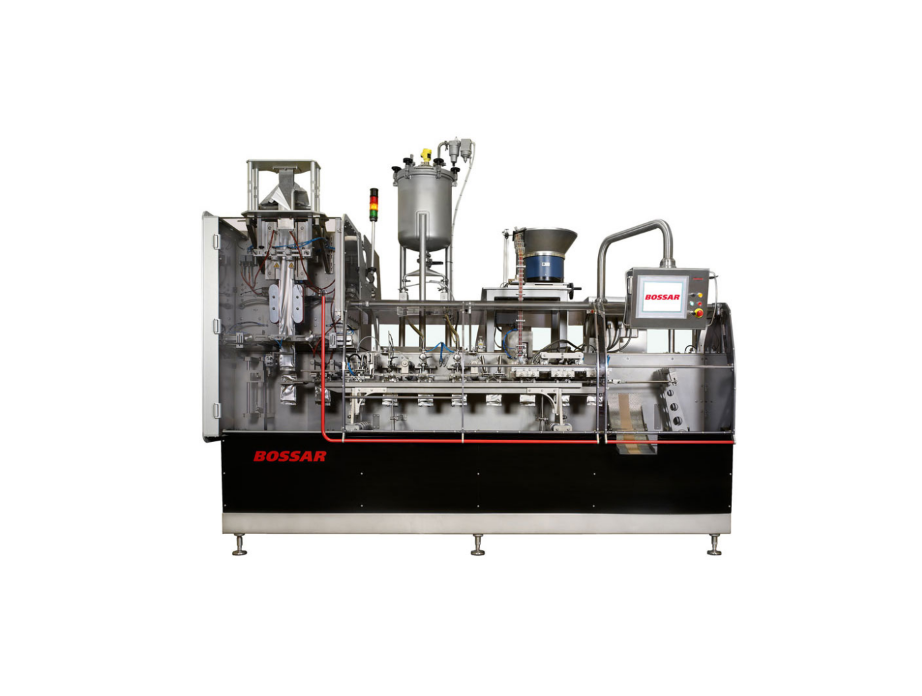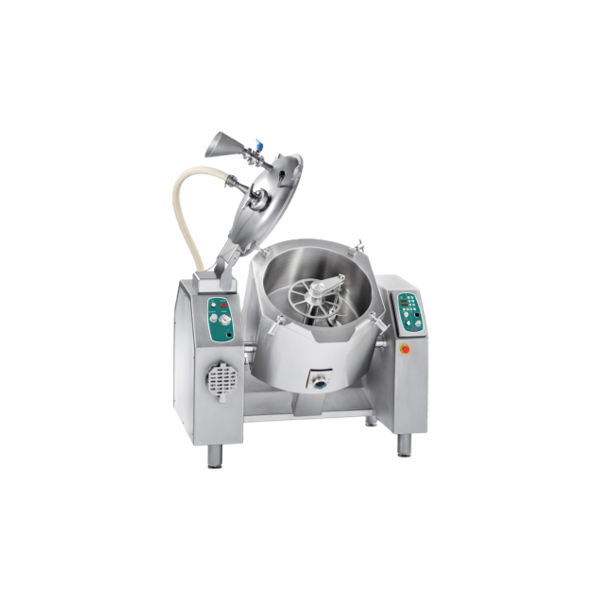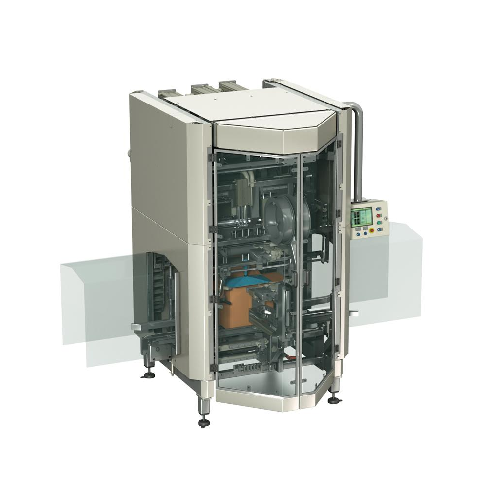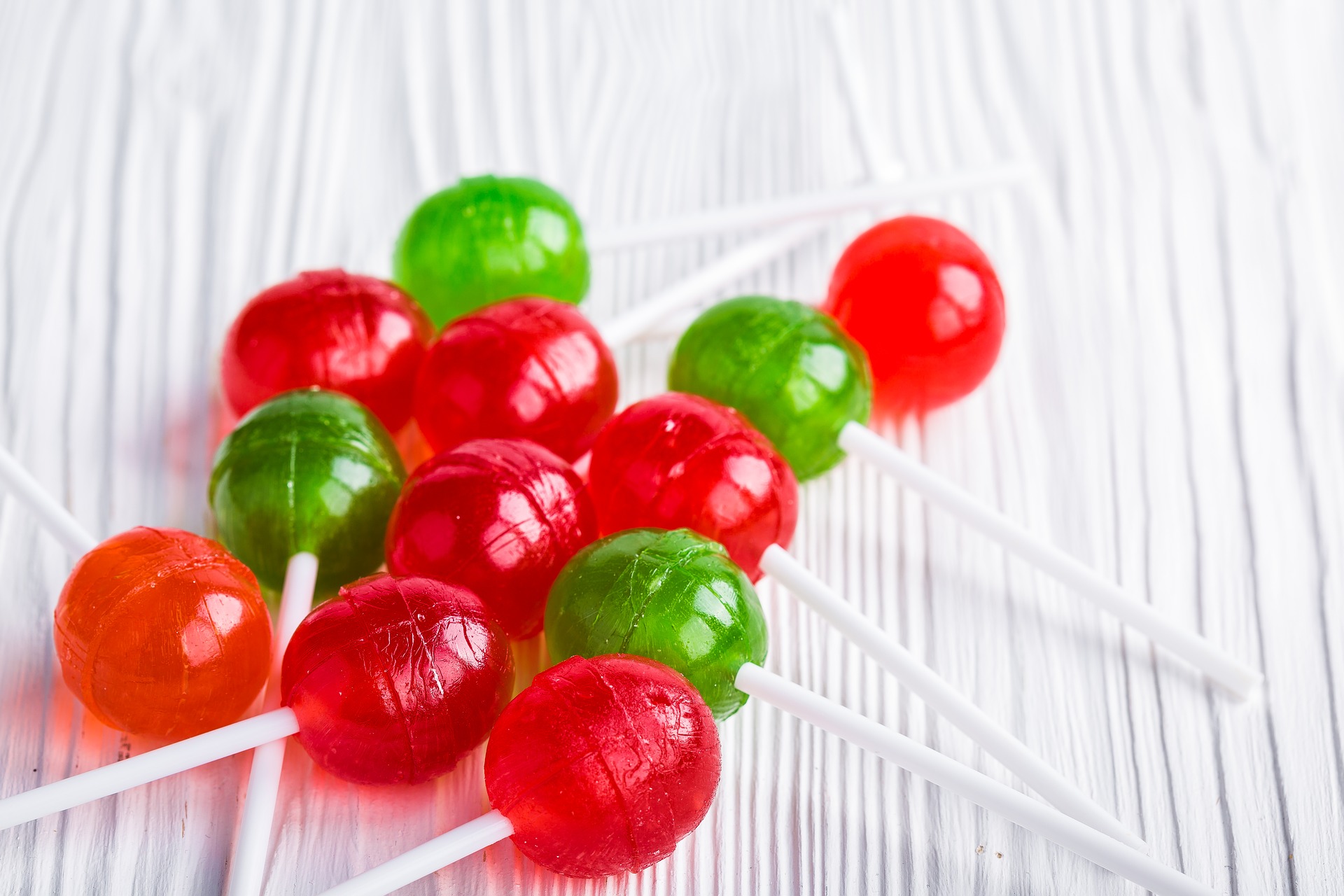
Making Lollipops
Find innovative production technology for making lollipops and connect directly with world-leading specialists
Sweets, candies, ice lolly, confection, lollypop, and even popsicles - lollipops, the hard candies attached to a short stick, go by different names. While choosing your lollipop equipment now is very different from the time of its creation, back in 1908, the opportunities to differentiate the product in the market are wider.
Stories about lollipops
Tell us about your production challenge
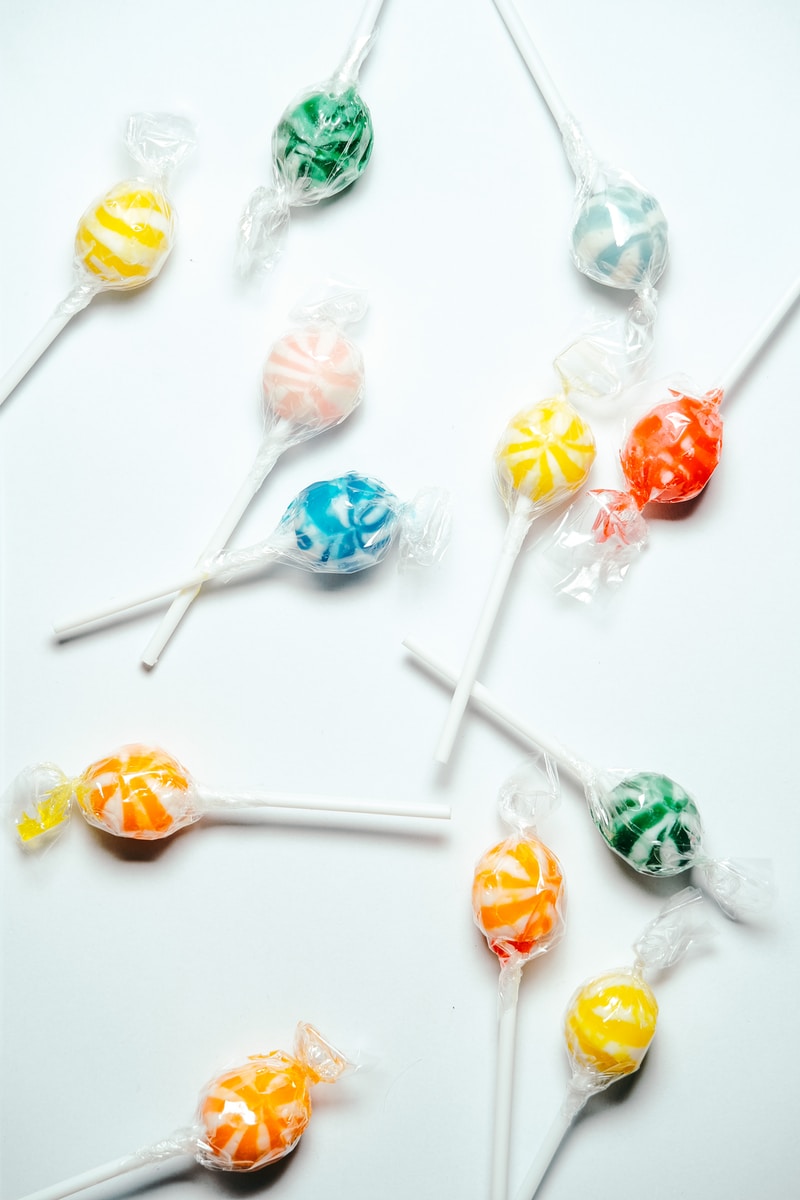
Importance of homogenization in production
The basic ingredients to make lollipops are popsicles, sugar, gum, corn syrup, and stabilizers. When you combine them, they give the lollipop a texture known as ‘mouthfeel’, which is pleasant to consume. The presence of the sugars and stabilizers makes the lollipop soften in the air, making it edible instead of just melting like ice cubes.
Homogenization is important step in the lollipop production. You need to ensure proper candy mixing to get the concentrated syrup that forms the lollipop. After that, manufacturers use candy depositors, as they offer a variety of molds and accuracy in filling them with homogenized candy.

How to fill lollipops with chewing gum
Adding chewing gums to lollipops to get different flavors is easy to implement into the manufacturing process. When boiling the solution, insert the gum, together with other ingredients, before the solution hardens. This happens when the temperature reaches around 150 °C (310°F) which is referred to as the “hard crack stage”.
The trends in sugar-free lollipops
Sugar-free lollipops are gradually growing in the candy market as more people are looking for healthier alternatives. In 2020, a report forecasted that the global sugar-free confectionery market would to grow at a compound growth rate of 5.1% until 2027.
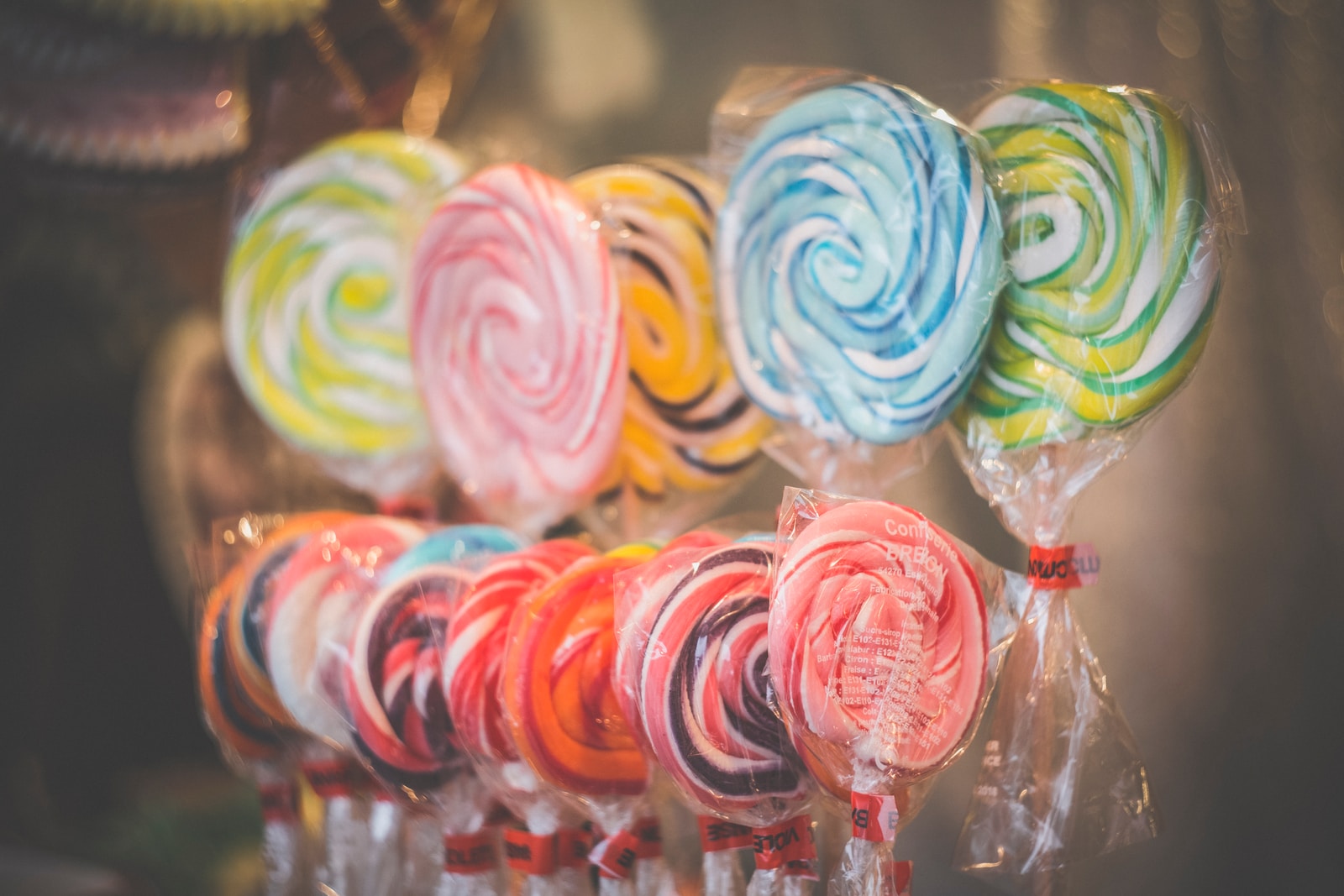
To produce sugar-free candies, use substitutes like neotame, isomalt, maltitol, and sucralose. Known as sugar alcohols, they are all lower in calories compared to regular sugar. They originate from fruits and vegetables, which means they are natural options. The only possible health concern with them is that, when eaten in large amounts, they can have a laxative effect, causing bloating.
These substitutes are 90% as sweet as sugar so they do not change the flavors of the lollipop. The production process is not any different from that of sugar candies. You also need to cook the sugar substitutes, shape and cool them before packaging.
Processing steps involved in lollipops making
Which lollipops technology do you need?
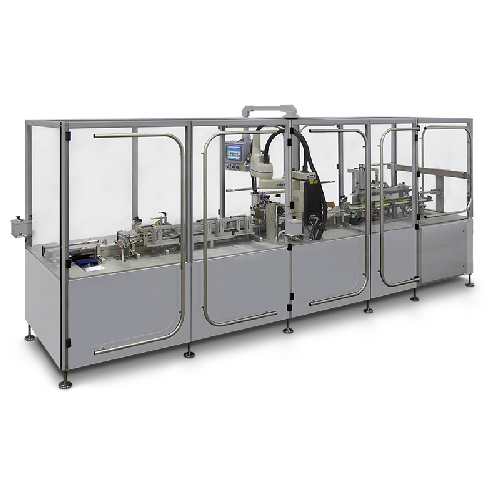
Top load cartoning system for pharmaceuticals
Optimize your packaging line with precision top-load cartoning, designed for...
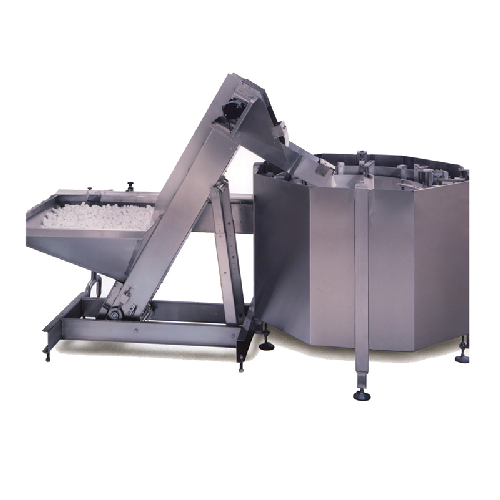
Centrifugal bowl feeder for high-speed bulk item feeding
Optimize your production line with high-speed feeding of diverse...

Monoblock loading unit for confectionery packaging
Optimize your confectionery production line with a compact unit that i...
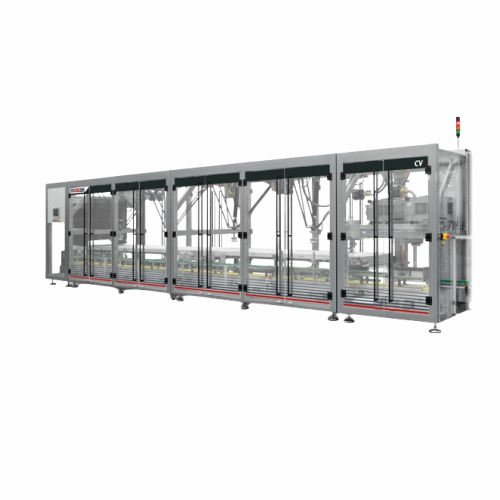
Vision guided multi-robot system for flowpack candy packaging
Streamline your confectionery packaging process with high-...

High-speed flow wrapper for candies and gums
Achieve top-speed packaging with unparalleled flexibility for diverse confect...

Flow wrapping for bulk confectionery products
Efficiently orient, feed, and wrap bulk confectionery items with seamless in...
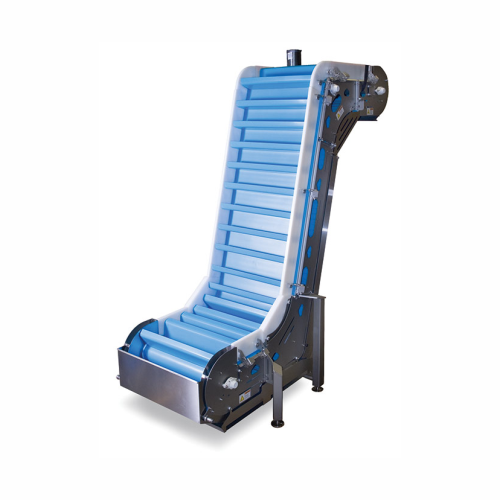
Incline transfer conveyors for dry, fresh, and frozen food products
Efficiently transfer a variety of solid and granule...
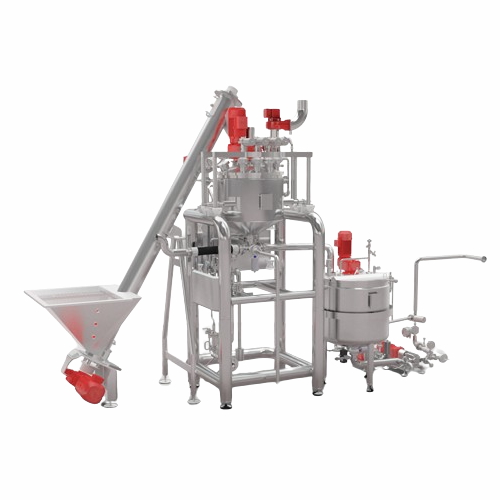
Adjustable weighing system for raw materials
Optimize your confectionery and nutraceutical production with precise weighin...
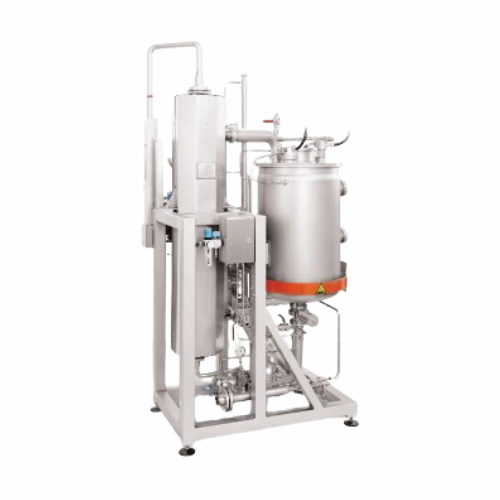
Pre-cooking and final cooking for candy production
Optimize your candy production with a versatile cooker designed to han...
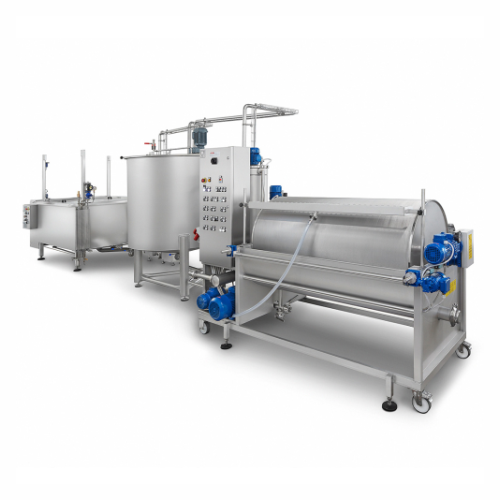
Systems for processing confectionery rework
Optimize resource use and reduce waste by transforming confectionery rework in...
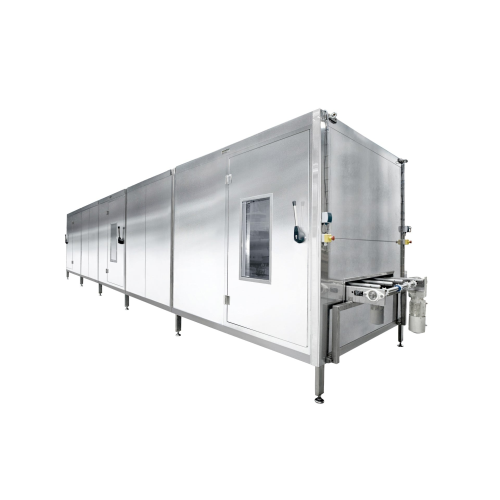
Cooling tunnel for confectionery extrusion
Optimize your production line with a versatile cooling tunnel capable of effici...
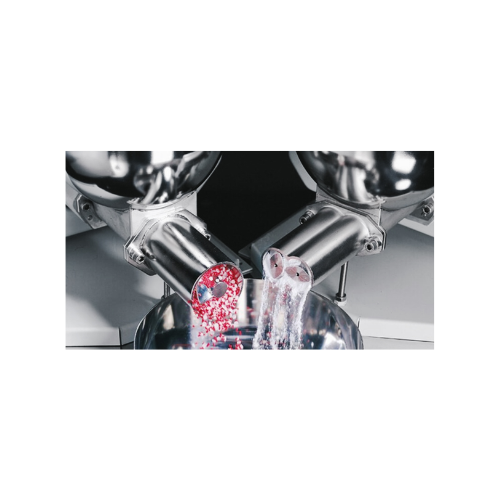
Powder mixing and metering system for confectionery production
Optimize your confectionery production by seamlessly blen...
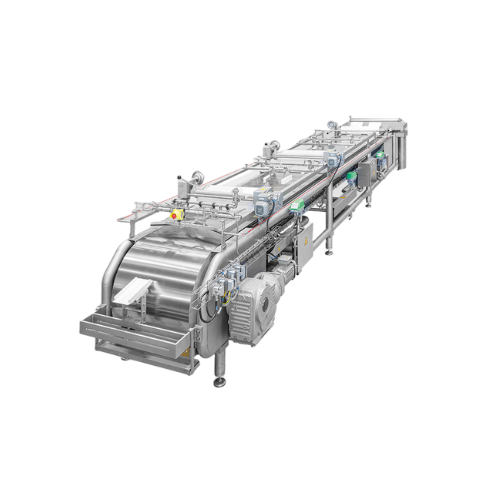
Industrial chocolate tempering belt
Achieve precise mass tempering for diverse confectionery textures with a stainless-stee...
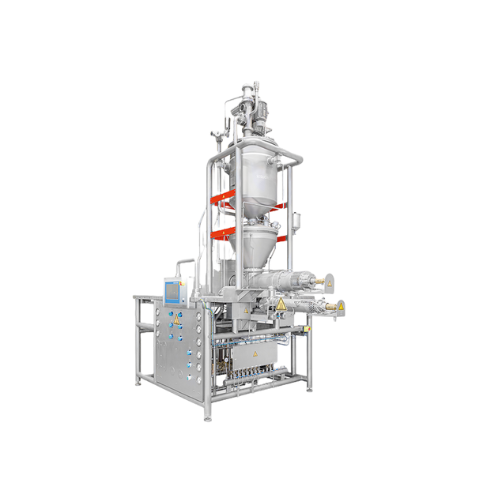
Hard candy production system
Enhance your candy production line with a comprehensive system that optimizes processes from co...
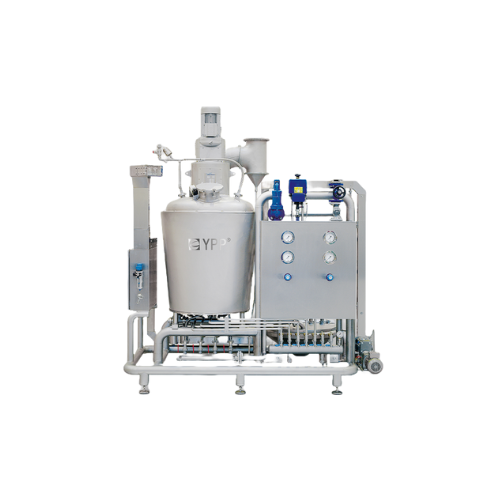
Continuous caramel cooker for candy production
Achieve perfect caramel consistency with precise control as this solution c...
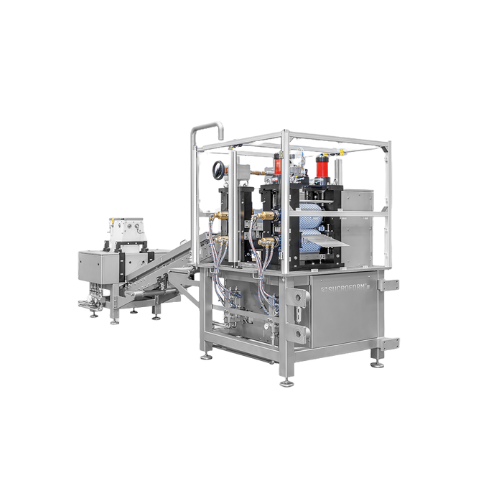
Forming line for croquant, hard candy, and chewy candies
Optimize your candy production with precision forming and emboss...
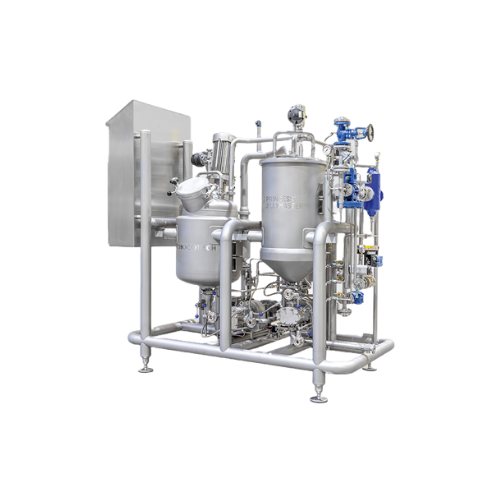
High shear mixer system for hydrocolloids
Streamline your confectionery production with a high-shear mixer designed for pr...
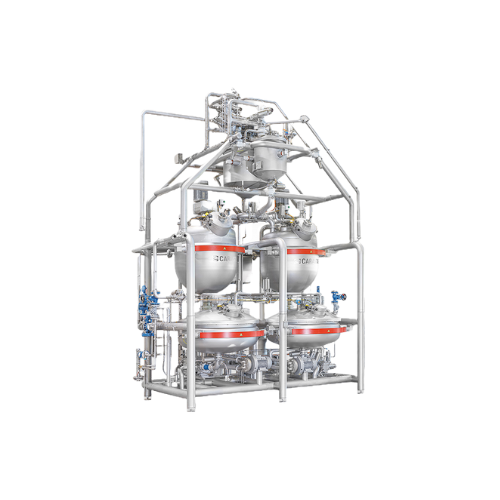
Batch cooker for confectionery masses
Effortlessly cook a variety of confectionery masses, like caramel and jelly, with pre...
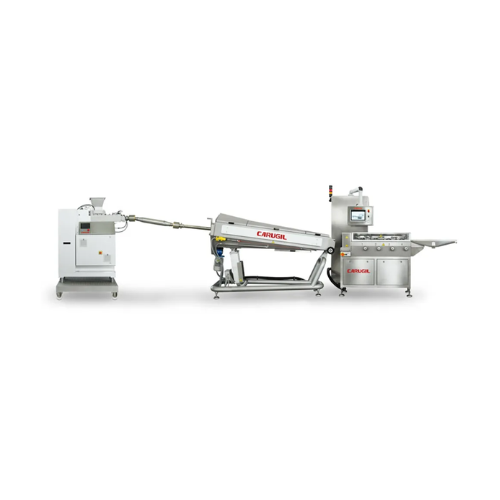
Preforming line for candy rope production
Achieve consistent sugar ropes and lollipop centers with precise forming and siz...
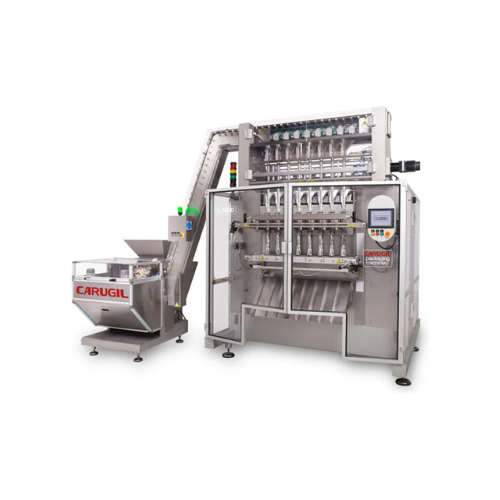
Stickpack wrapper for lollipops
Enhance your confectionery line’s efficiency by wrapping up to 480 lollipops per minut...
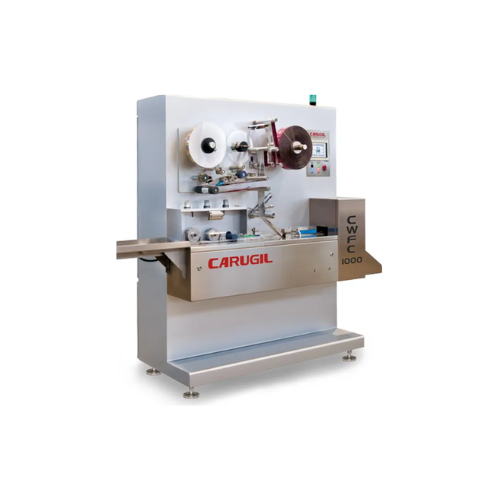
Cut and flow pack system for cylindrical and rectangular pieces
Enhance your confectionery production with a high-speed ...
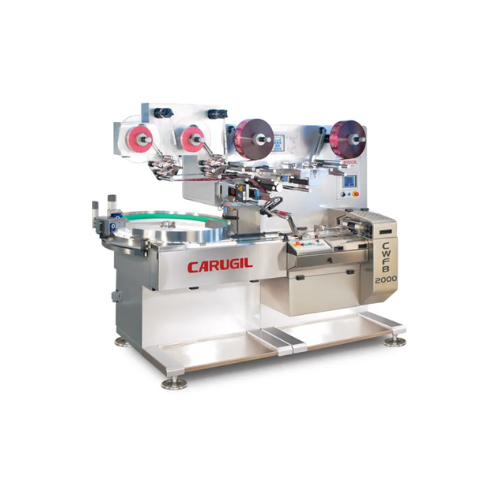
Flow wrapper for preformed pieces
Optimize your high-speed packaging line with a reliable flow wrapper that seamlessly wrap...

Flow wrapper for lollipops packaging
Achieve precise and high-speed lollipop packaging with continuous-motion flow wrapping...
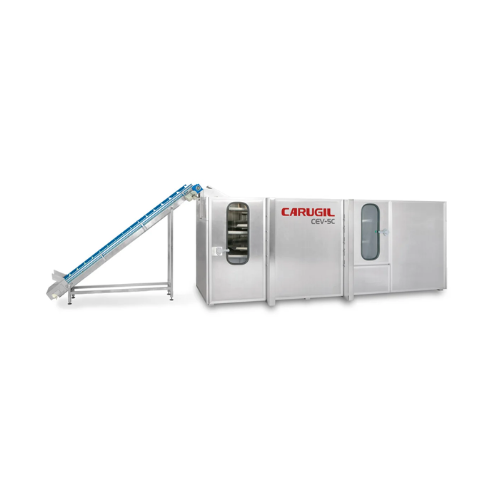
High precision lollipop cooling system
Ensure your lollipops maintain their shape and quality with precision cooling, reduc...
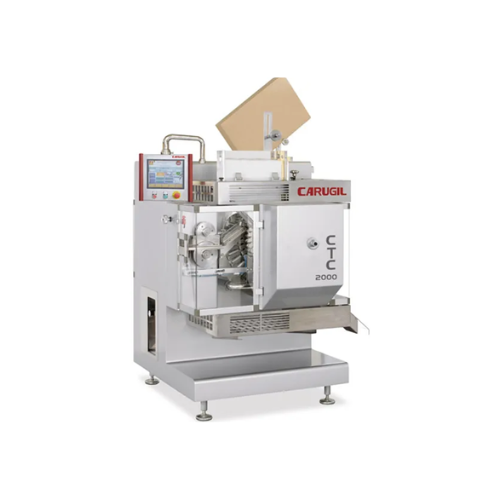
Continuous lollipop forming system
Refine your confectionery production with a high-speed forming system that creates diver...
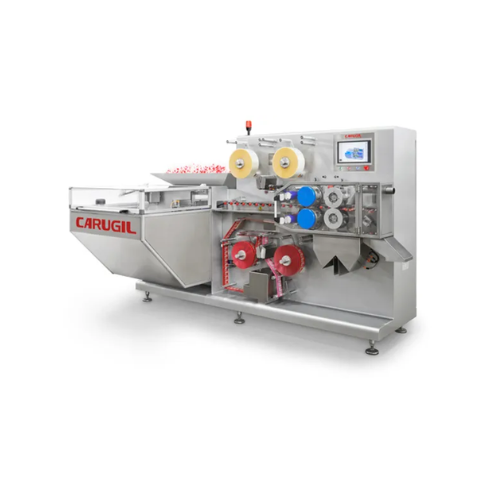
4-sides seal wrapping for lollipops
For lollipop producers seeking precision and efficiency, this 4-sides seal wrapper ensu...
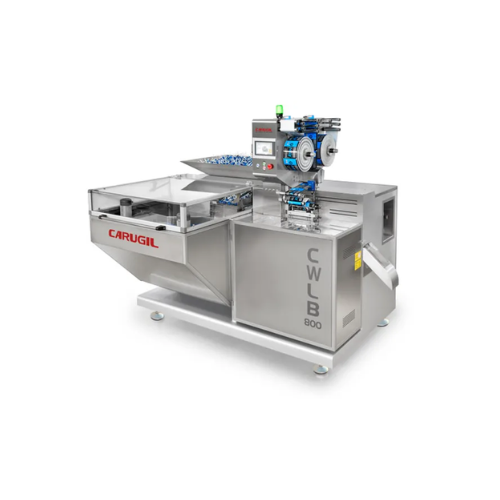
Bunch wrapper for lollipops
Achieve precise and efficient single twist wrapping for ball and 3D lollipops with high-speed ca...

Compact batter mixing system
For food producers aiming to ensure consistent batter quality, this modular system streamlines ...
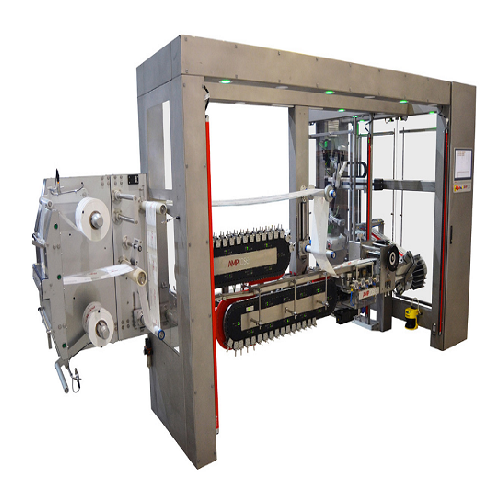
Multipack flowrapping system
Streamline your packaging process with a multipack flowrapping system that effortlessly handles...
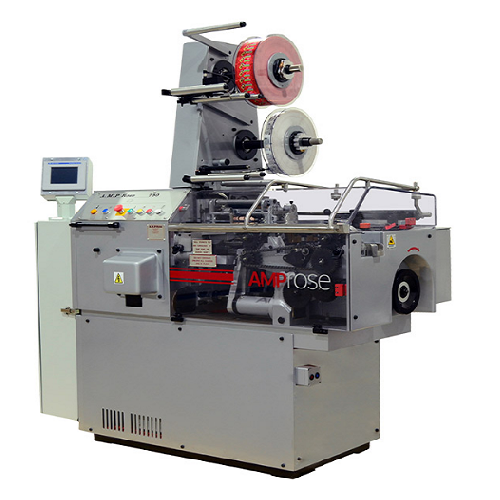
Versatile confectionery cut and wrap system
Enhance your confectionery production with a high-speed solution capable of ac...
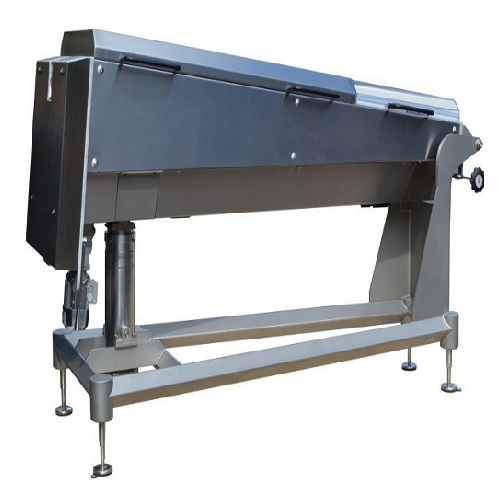
Batch roller for hard candy and toffee production
Enhance your confectionery production with a versatile solution that se...
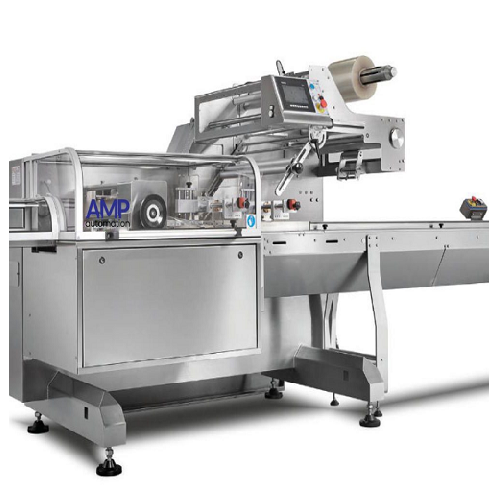
Pillow bag horizontal form-fill-seal solution
Optimize production efficiency with seamless integration of continuous, high...
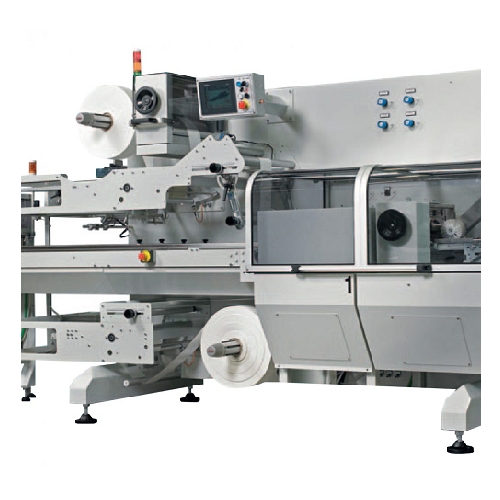
4-side seal horizontal form-fill-seal packaging system
Streamline your confectionery and snack packaging with high-speed,...
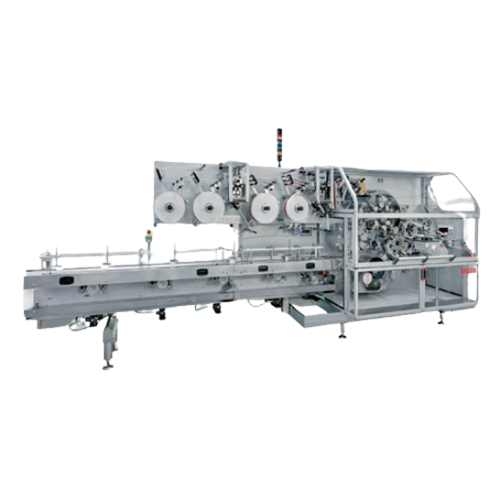
Multi-style candy and chocolate wrapper
Achieve high-speed, precision wrapping for diverse confectionery products with vers...

Double twist wrapping solution for candy packaging
Enhance your candy and gum production with high-speed wrapping that en...
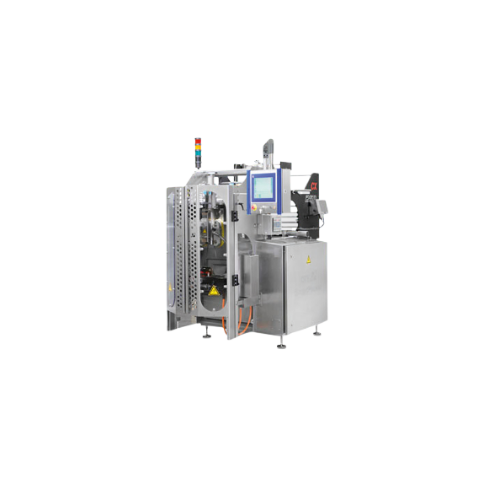
Vertical form fill sealer for high-speed packaging
Achieve consistent, high-speed packaging with flexible bag styles, per...
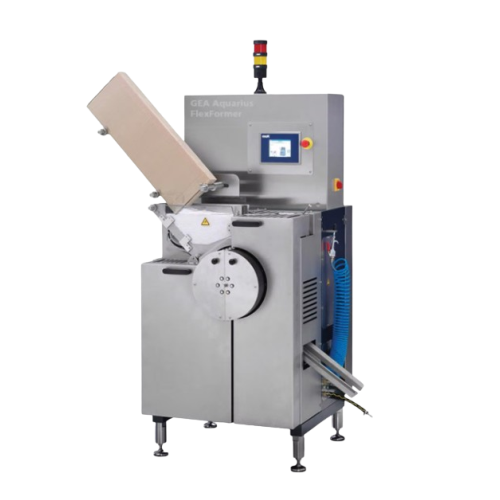
Lollipop forming system for various shapes
Create perfectly shaped lollipops with precise control over size and design whi...
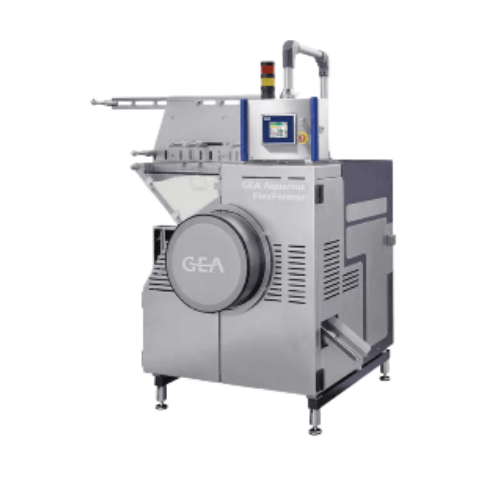
High-capacity lollipop former
Effortlessly boost your confectionery operation with a high-capacity forming machine designed ...

Lollipop forming and wrapping solution
Streamline your confectionery production with this innovative system designed to eff...
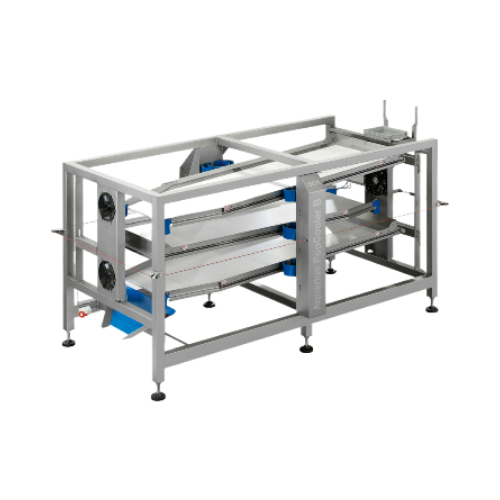
Continuous cooling system for ball lollipops
Ensure perfect shape retention and quality of ball lollipops with this contin...
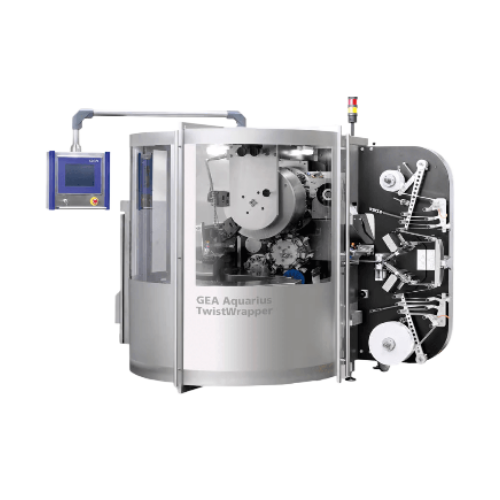
High-speed lollipop wrapping solution
Achieve unrivaled speed and efficiency in lollipop packaging with a continuous wrappi...
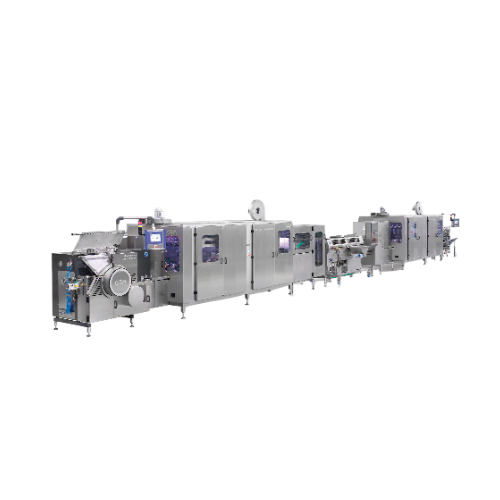
Coated lollipop production line
Transform your confectionery line with a solution that forms, cools, and coats 3D lollipops ...
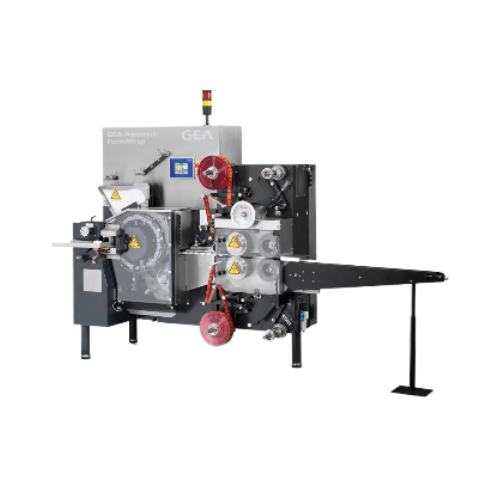
Flat lollipop forming and wrapping system
Enhance your candy production with precision-engineered lollipop forming and wra...
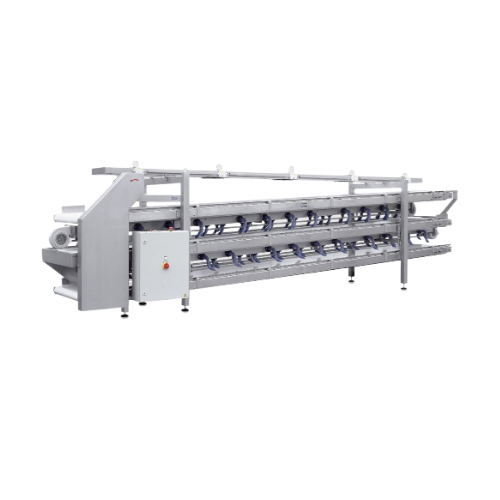
Continuous flat lollipop cooling system
Ensure your lollipops retain perfect shape and quality with this high-speed cooling...
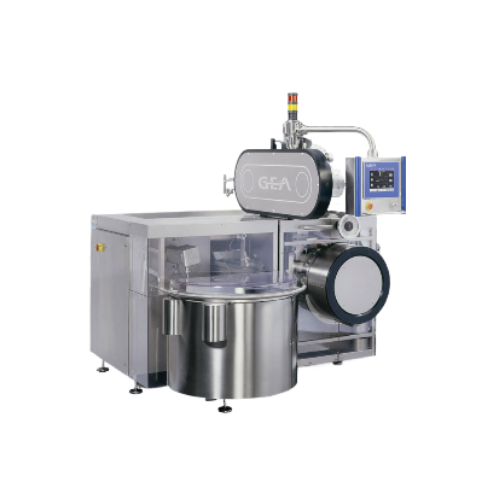
Lollipop wrapping solution
Ensure precision and faster production with a high-speed wrapping solution that adapts seamlessly...
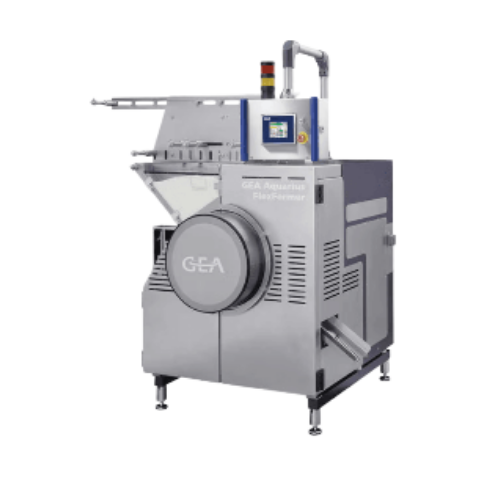
Advanced lollipop forming system
Craft diverse lollipop shapes with precision and efficiency, reducing downtime with rapid c...

Vertical packaging system for medium-high speed applications
Optimize your packaging line with a system that delivers pr...
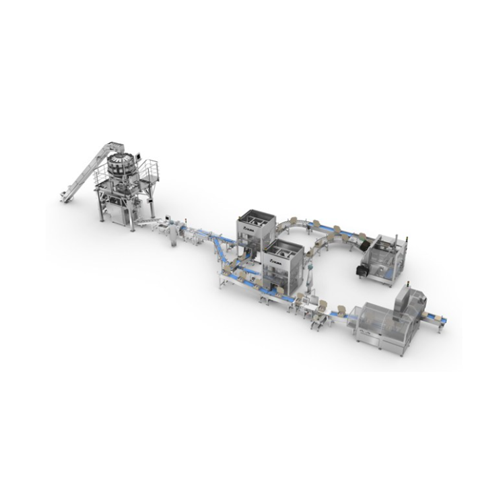
Automated bagging system for confectionery products
Achieve seamless integration in your confectionery packaging line wit...
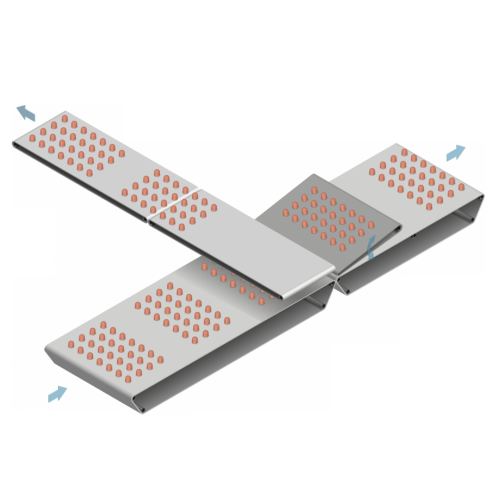
Cross transfer station for mould configuration products
Streamline the transfer of mould-configured products across your ...

High-speed chocolate wrapping system
Optimize your confectionery packaging process with a versatile, high-speed wrapping so...
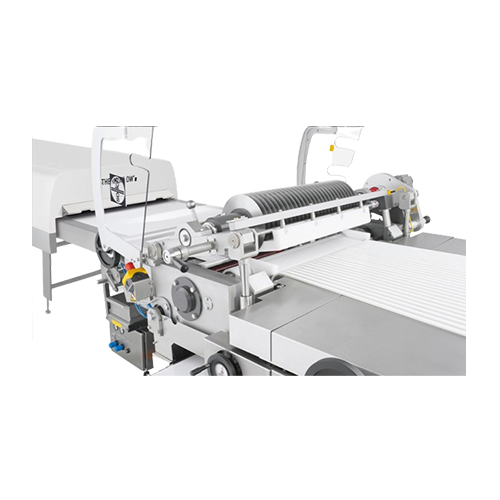
Longitudinal slitting system for confectionery production
Achieve precise confectionery dimensions with our customizable...
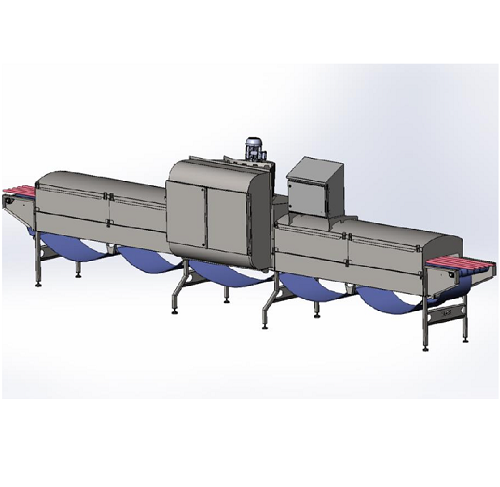
Licorice cooling tunnel
Licorice and other extruded food products like vegan meats can be tricky to cool in the production pr...
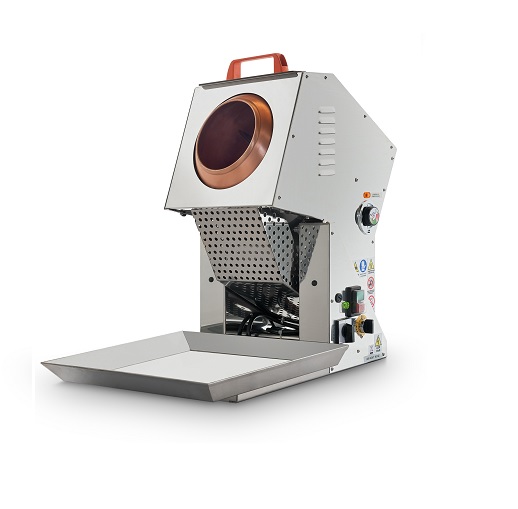
Mini sugar coating machine
The coating of grains or nuts with sugar is a popular process in the manufacture of many bakery p...
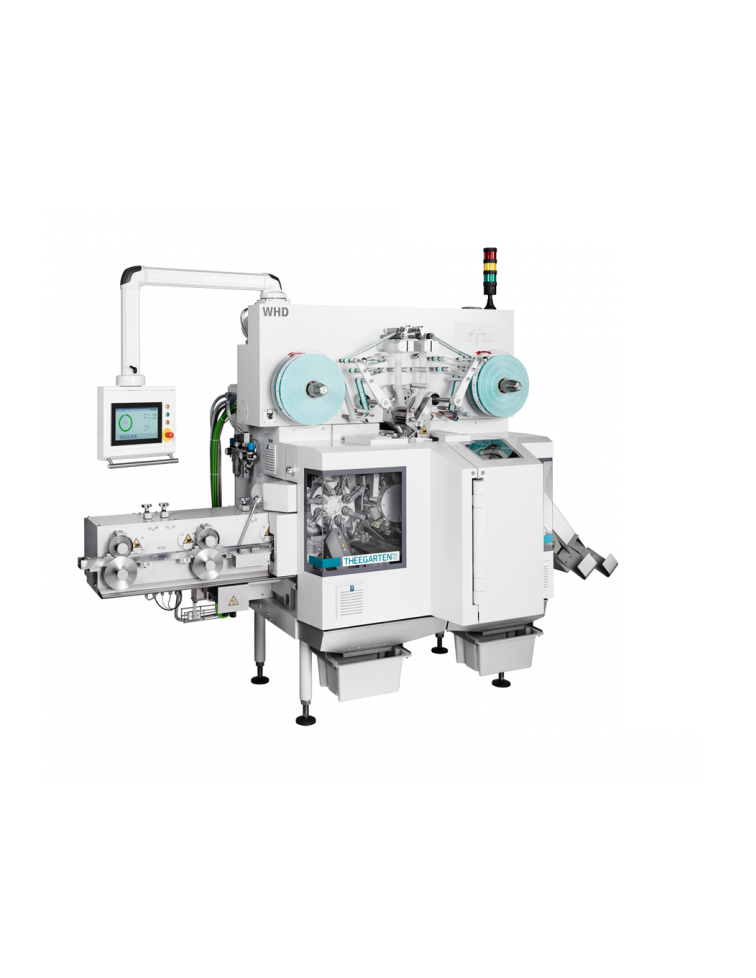
High-speed cut and wrap double twist machine
Many gums, chewy candies, toffees and caramel products are most suited to ind...
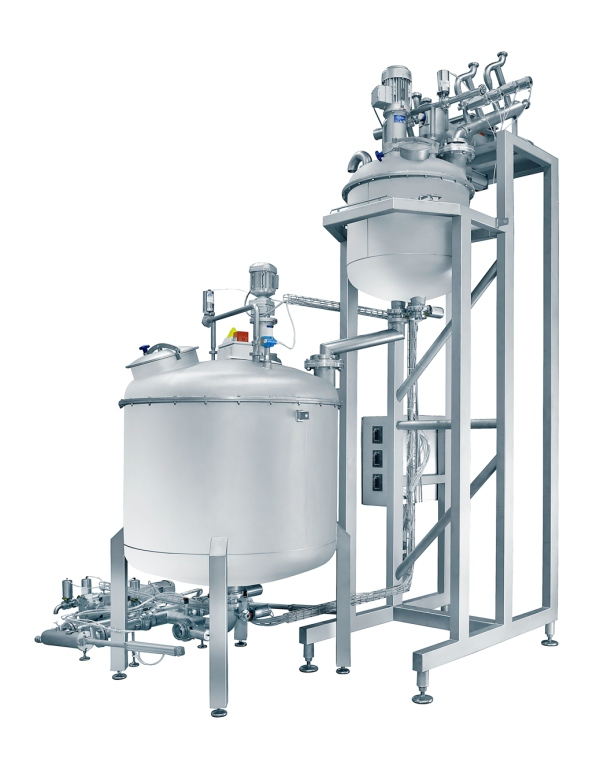
Automatic premixer for hard candy
Feed materials to your confectionery process equipment in a consistent and convenient way...
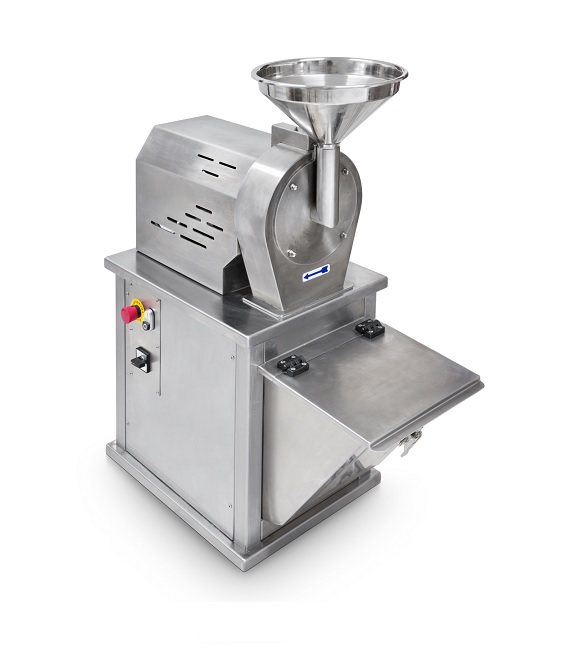
Small sugar mill for entry level production
Sugar powder is a key ingredient in a wide range of bakery, confectionery, and...
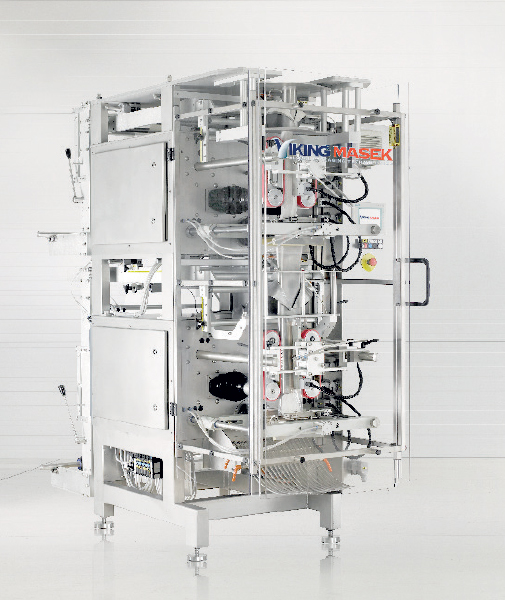
Bag-in-Bag machine
If you are looking for a compact packing machine that packs multiple smaller packs in one master bag; this...
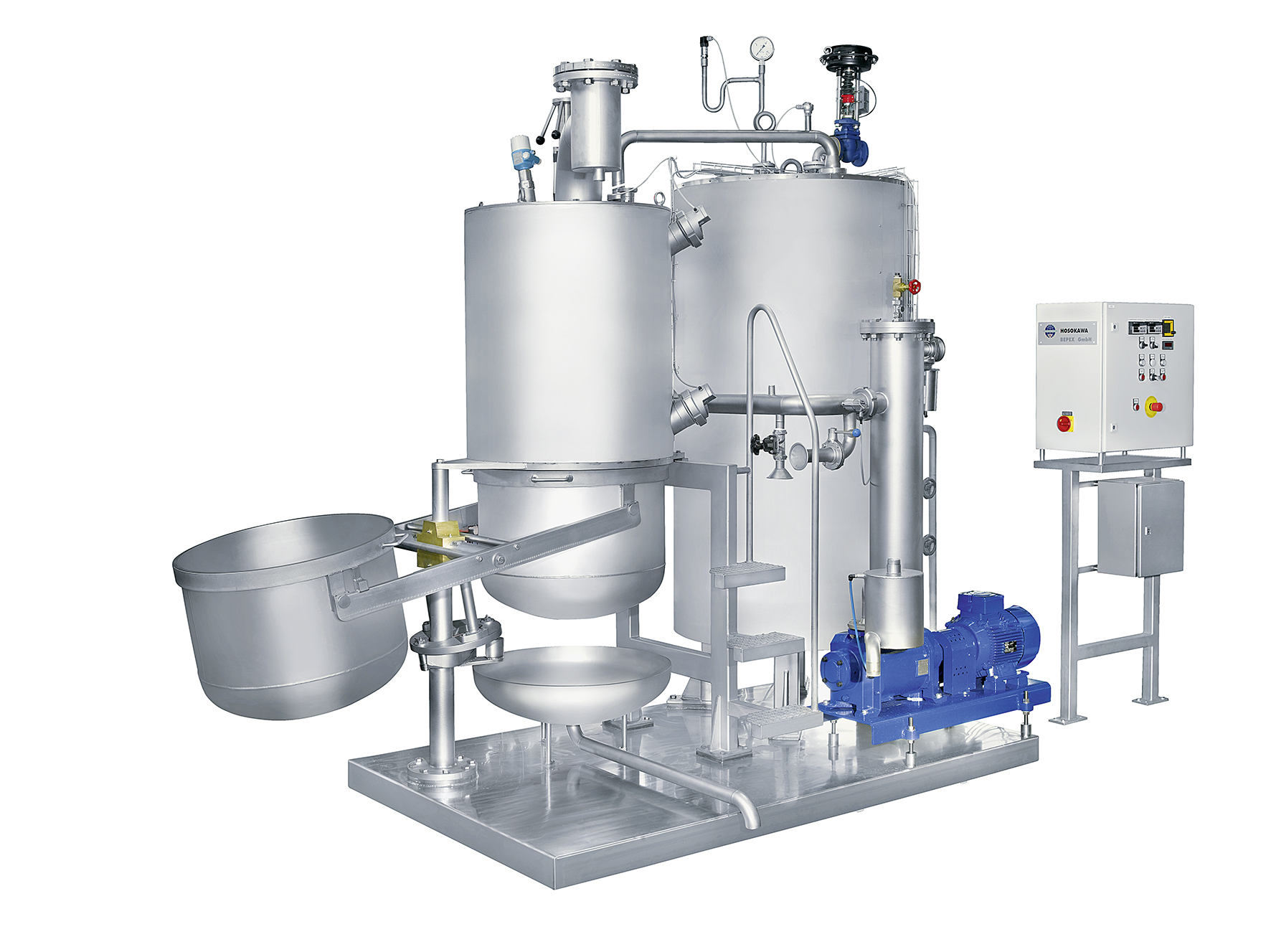
Continuous cooker for hard candy
Prepare your ingredients for hard candy production. This is a continuous dissolving, cookin...
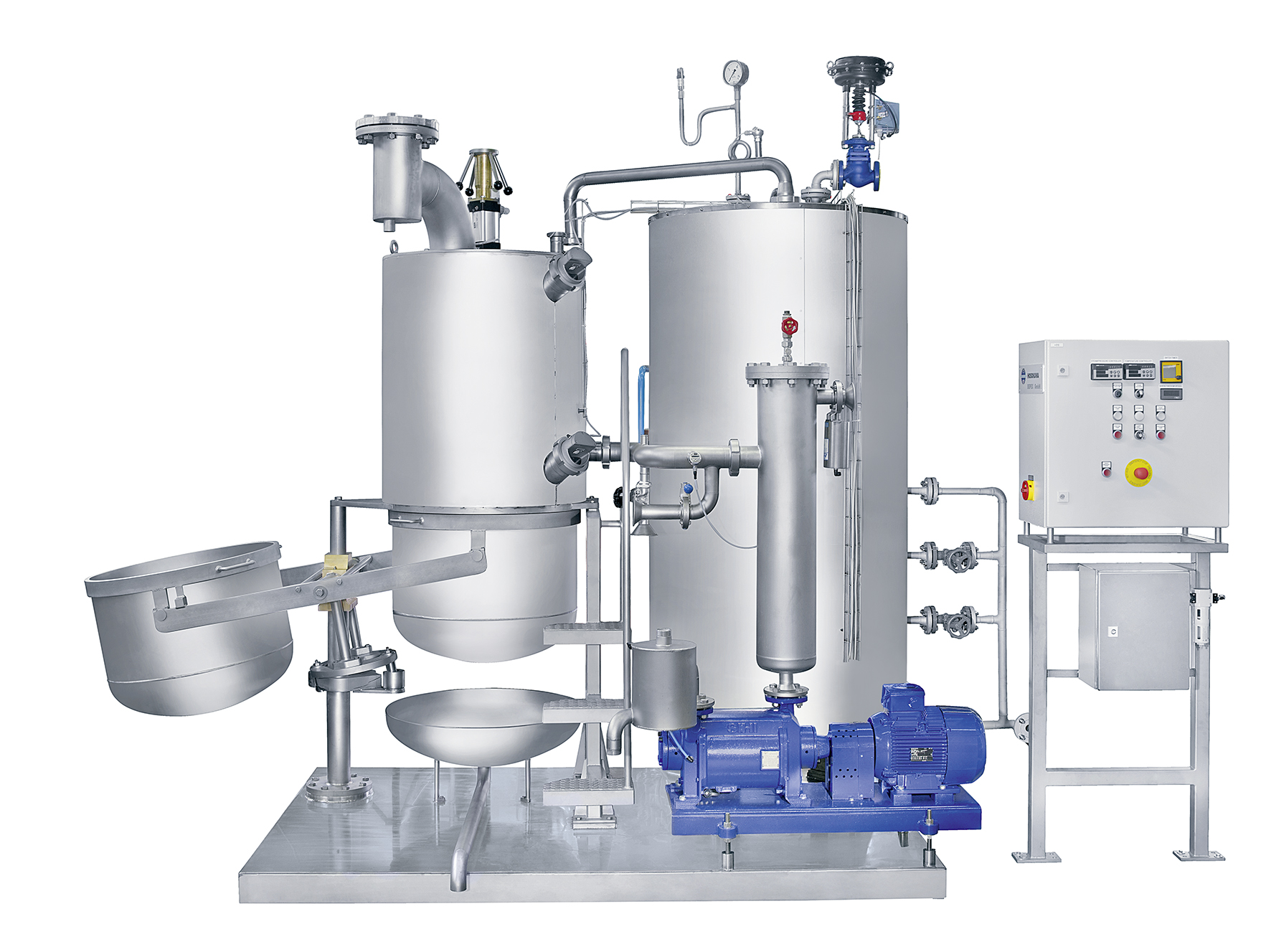
Batch cooker for hard candy
Prepare your ingredients for the production of hard candy. This is a line of universal candy coo...
